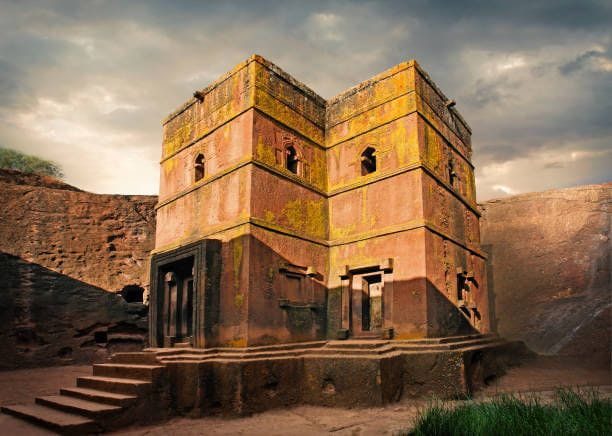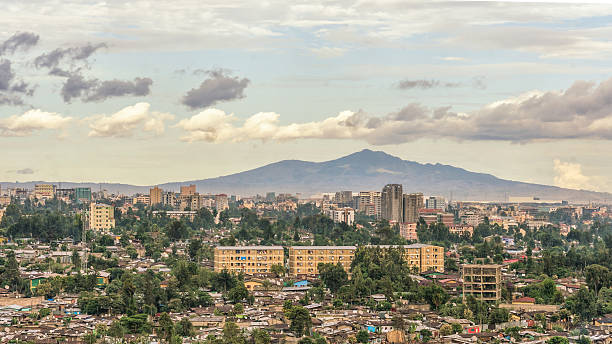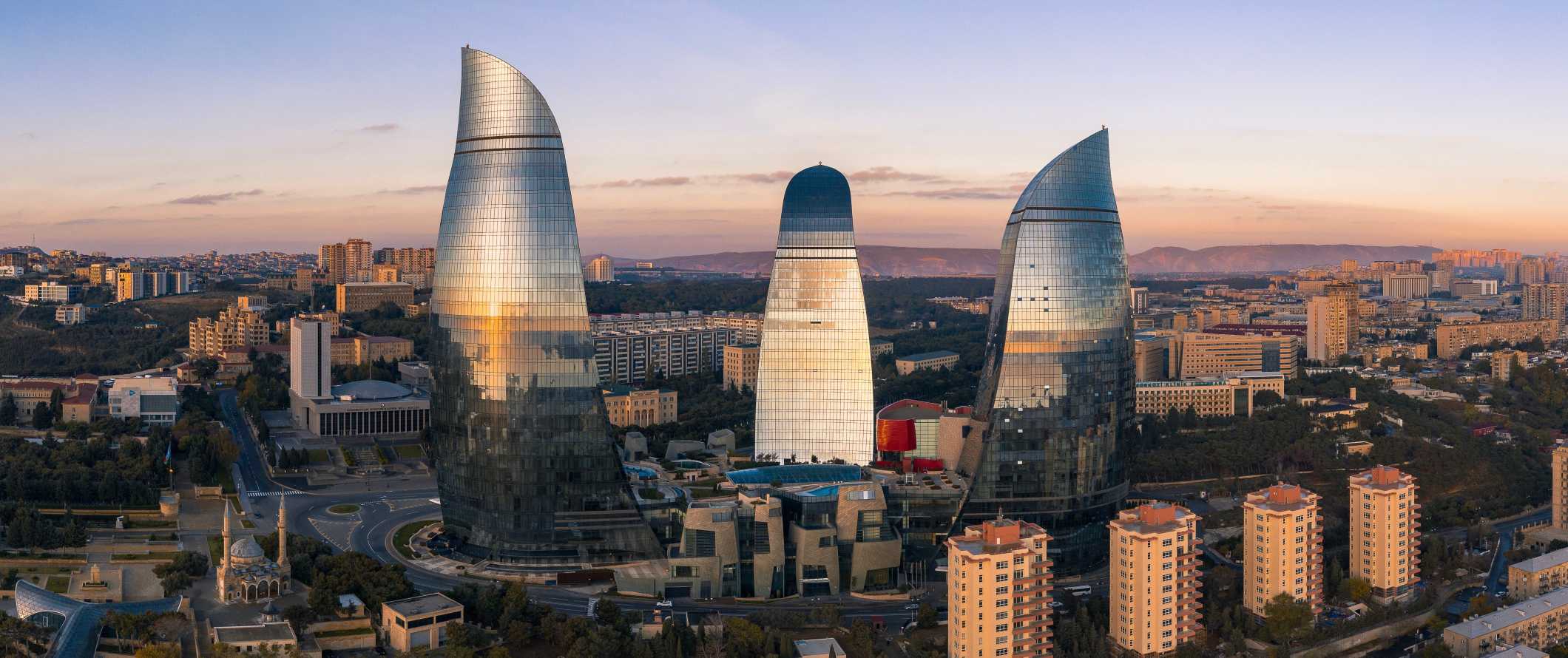Ethiopia is a land of diverse landscapes, ancient history, and vibrant culture, making it a captivating destination for travelers seeking unique experiences. Known as the cradle of humankind, Ethiopia boasts an array of historic sites, including ancient cities, stunning religious architecture, and UNESCO World Heritage Sites. The country’s varied geography, from the dramatic cliffs of the Simien Mountains to the colorful geothermal landscapes of the Danakil Depression, promises breathtaking natural beauty and adventure. Its capital, Addis Ababa, serves as a bustling cultural hub, while historic cities like Lalibela and Aksum offer glimpses into Ethiopia’s fascinating past.
In addition to its rich history and Ethiopia visa requirements, Ethiopia’s unique wildlife and rich traditions make it an exciting destination for visitors. Home to rare species like the Ethiopian wolf and Gelada baboon, the country provides ample opportunities for wildlife enthusiasts. Whether you’re interested in hiking the highlands, exploring ancient rock churches, or enjoying the tranquillity of Lake Tana, Ethiopia’s diversity ensures every traveler will find something memorable. Moreover, this guide highlights the best places to visit in Ethiopia, where history, culture, and natural beauty converge in unforgettable ways.
Here are some of the best places to visit in Ethiopia.
1. Addis Ababa

Addis Ababa, Ethiopia’s capital city, serves as the country’s cultural and political hub. Visitors can explore Ethiopia’s National Museum, which houses Lucy’s famous fossilized remains. The city also has vibrant markets, including Mercato, one of Africa’s largest open-air markets, where you can buy local crafts, spices, and textiles. Don’t miss the Holy Trinity Cathedral, an architectural marvel that celebrates Ethiopia’s Orthodox Christian heritage.
2. Lalibela

Lalibela is well-known for its rock-hewn churches, which are a UNESCO World Heritage Site. These incredible structures, dating from the 12th century, were carved directly into solid rock. As a result, they are regarded as one of Ethiopia’s most important pilgrimage sites. Among them, the most well-known church is Bet Giorgis, famous for its distinctive cross-shaped design. Furthermore, the town’s historical significance and spiritual atmosphere make it a must-see for anyone interested in Ethiopia’s extensive religious history.
3. Simien Mountain National Park
Simien Mountains National Park is undoubtedly a must-see for nature lovers. As a UNESCO World Heritage Site, it is home to a variety of wildlife, including the endemic Ethiopian wolf and the Gelada baboon. Moreover, trekking through the park offers visitors the opportunity to explore dramatic cliffs, deep valleys, and diverse flora. Additionally, with trails catering to a range of skill levels, the park is perfect for both novice hikers and experienced trekkers seeking to immerse themselves in nature.
4. Aksum.
Aksum is one of the world’s oldest continuously inhabited cities and a historical treasure trove. Notably, Aksum, known for its impressive stelae (tall carved obelisks), is thought to have been the Aksumite Empire’s ancient capital. Additionally, the Church of St. Mary of Zion, which claims to hold the Ark of the Covenant, is also located here. Furthermore, visitors can explore ancient ruins and learn about Ethiopia’s rich history, making Aksum an intriguing destination for history buffs.
5. Bahir Dar & Lake Tana
Bahir Dar, located near Lake Tana, is renowned for its breathtaking scenery and rich cultural heritage. In fact, Lake Tana, Ethiopia’s largest lake, is home to more than 20 monasteries on its islands, many of which date back to the 14th century. A boat trip to these monasteries, therefore, provides valuable insight into Ethiopia’s Orthodox Christian traditions. Additionally, another must-see attraction is the nearby Blue Nile Falls, also known as Tis Issat, which features an impressive cascade of water, particularly during the rainy season.
6. Gondor
Gondar, known as the “Camelot of Africa,” is famous for its well-preserved castles and palaces from the 17th century. The Royal Enclosure, a UNESCO World Heritage Site, features a collection of impressive buildings surrounded by a high wall. Visitors can explore the unique architecture, including the Church of Debre Birhan Selassie, which is famous for its stunning ceiling paintings. Gondar’s historical significance and charming atmosphere make it a must-visit location.
7. Harar Jugol.
Harar Jugol is a UNESCO World Heritage Site and one of Islam’s holiest cities. This ancient walled city is well-known for its narrow alleyways, vibrant markets, and traditional Harari houses with intricate wooden balconies. The city has over 80 mosques and numerous shrines that showcase its rich Islamic heritage. A visit to the Harar Jugol also provides the unique opportunity to witness the nightly ritual of feeding wild hyenas, an unforgettable highlight of the city.
8. Danakil Depression.
The Danakil Depression is one of the hottest and lowest points on Earth, creating a surreal landscape unlike any other. This otherworldly region is known for its colorful sulfur springs, salt flats, and volcanic activity, which attract adventurous visitors. A guided tour takes you to the active Erta Ale volcano, where you can see the lava lake and the alien-like Dallol crater. The Danakil Depression’s unique geology and extreme environment make it an enticing destination for adventure seekers.
9. Bale Mountains National Park.
Bale Mountains National Park is an ideal destination for nature lovers and hikers. The park, home to wildlife like the Ethiopian wolf and diverse bird species, features stunning mountain views, valleys, and plateaus. Hiking trails offer scenic exploration for all skill levels. Whether you’re trekking or simply enjoying the breathtaking views, Bale Mountains National Park is a must-see for outdoor enthusiasts.
10. Konso Cultural Landscape.
The Konso Cultural Landscape is a UNESCO World Heritage Site that preserves the Konso people’s rich cultural heritage. This region is known for its terraced agriculture, unique wooden statues, and traditional villages. Visitors can explore the centuries-old terraced fields, learn about the community’s agricultural practices, and immerse themselves in the vibrant Konso culture. The breathtaking scenery and rich traditions make this a worthwhile cultural destination.
Conclusion
Exploring Ethiopia is like stepping into a world where history, culture, and nature come together in remarkable ways. From the rock-hewn churches of Lalibela to the wildlife of the Simien Mountains, every destination in Ethiopia tells a unique story. Whether trekking through the highlands, exploring UNESCO sites, or witnessing the landscapes of the Danakil Depression, Ethiopia offers diverse experiences that not only captivate travelers but also deepen your understanding of history and traditions. Furthermore, each journey reveals a new layer of Ethiopia’s rich heritage, leaving visitors with unforgettable memories.
To fully immerse in Ethiopia’s wonders, it’s important to ensure you meet the visa requirements well in advance. An Ethiopia visa is essential for most travelers, so preparing early will allow you to explore without concerns. Fortunately, many options, including e-visas, make the process straightforward. By planning properly, you’ll be ready to experience Ethiopia’s highlights seamlessly. Whether you’re drawn by history, culture, or natural beauty, Ethiopia invites you to discover its hidden gems, ensuring a journey that is both enriching and inspiring.





